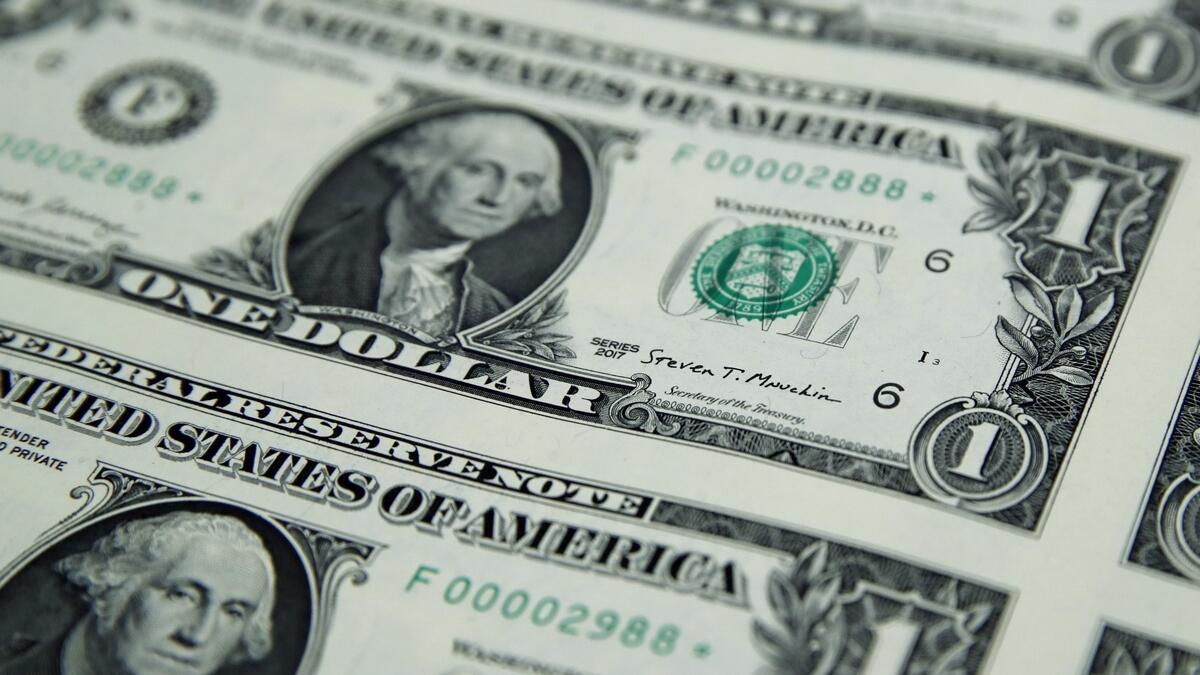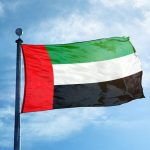In the world of finance and economy, the US dollar has long held the position of the primary reserve currency, with central banks and institutions around the globe holding a significant portion of their reserves in US dollars. This practice has provided stability and liquidity for trade and transactions across different jurisdictions. However, in recent times, doubts have emerged regarding the sustainability of the US dollar’s dominance as a reserve currency due to rising concerns surrounding the US debt levels.
The global debt has skyrocketed to unprecedented levels, with the US sovereign debt alone reaching a staggering $35 trillion. This mounting debt has raised questions about the long-term sustainability of the US economy and its ability to repay or service the debt in the future. Despite these concerns, the US government continues to borrow at an alarming rate, adding trillions to its debt in a short span of time.
As the US debt continues to rise, countries relying on US dollar reserves are beginning to reassess their strategies. China, for example, has been reducing its holdings of US Treasuries and increasing its gold reserves as a hedge against the uncertainties surrounding the US dollar. Other nations are also considering diversifying their reserves away from US Treasuries and towards alternative assets like gold.
The Federal Reserve’s stance on interest rates and monetary policy is also under scrutiny, as other central banks globally have been cutting rates aggressively in response to economic challenges. The market is anticipating rate cuts from the Federal Reserve, which could potentially impact the value of the US dollar and further complicate the debt situation in the country.
In light of these developments, the concept of a digital reserve currency or alternatives to the US dollar is gaining traction among world leaders. The cracks in the US dollar hegemony are becoming more apparent, leading to discussions about creating a more balanced and diversified global financial system. The interplay between geopolitics and economics is adding a layer of uncertainty to the global economy, highlighting the need for a more cautious and balanced approach in financial decision-making.
Overall, the future of the US dollar as the world’s reserve currency is increasingly uncertain, with challenges such as rising debt levels, shifting economic dynamics, and changing global policies. As countries explore alternatives and diversification strategies, the global financial landscape may undergo significant changes in the coming years. It is essential for world leaders to navigate these challenges with prudence and foresight to ensure stability and growth in the global economy.

























